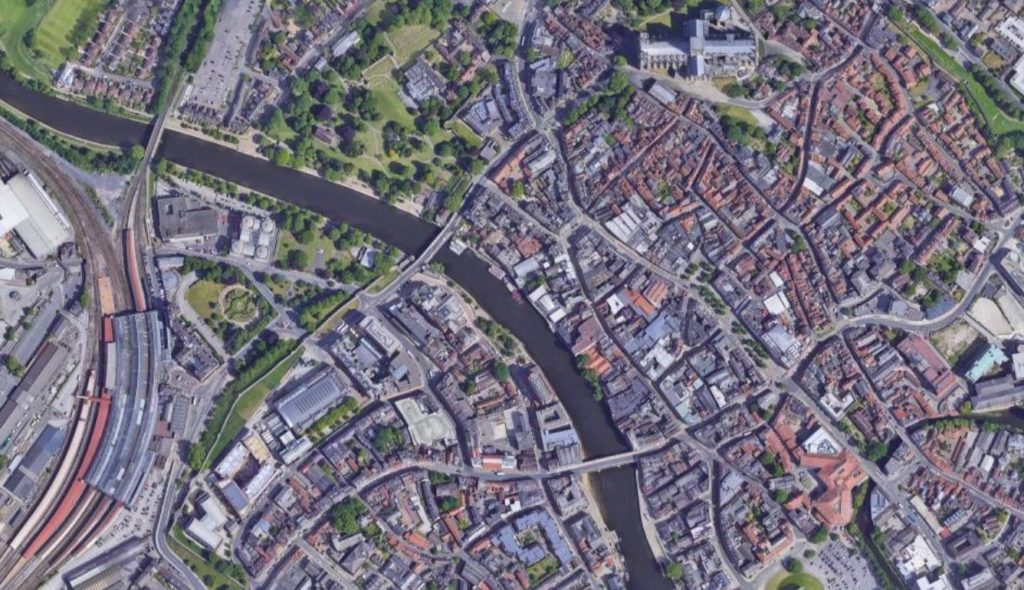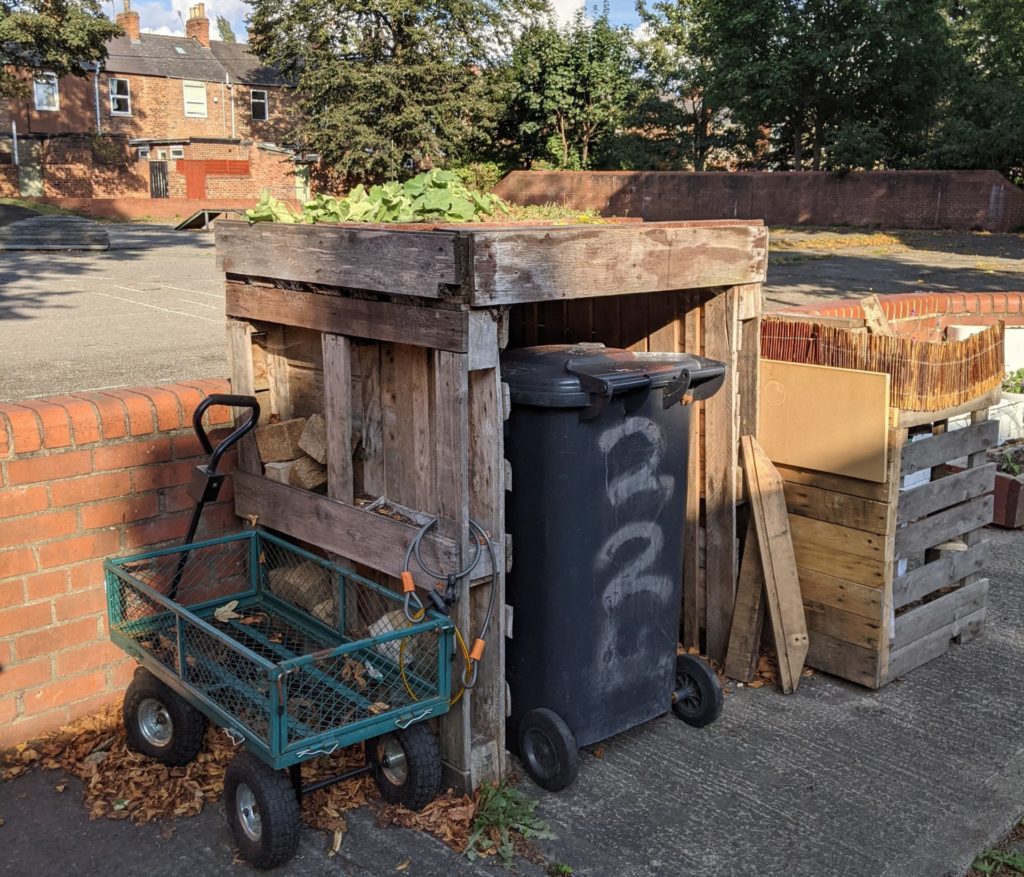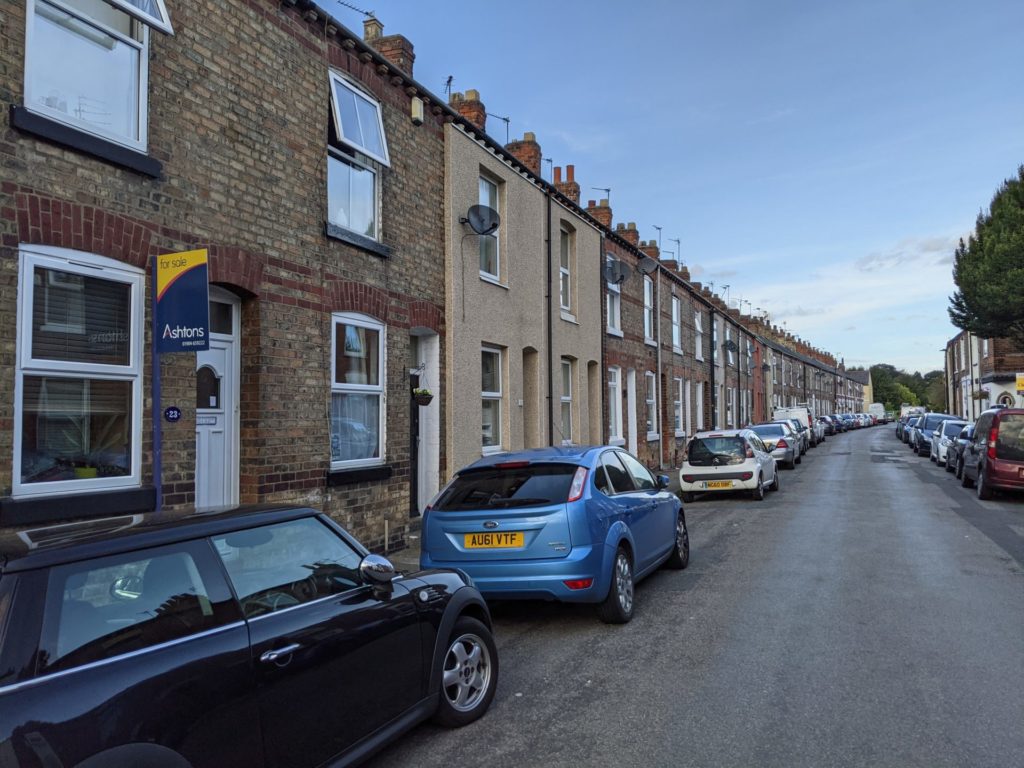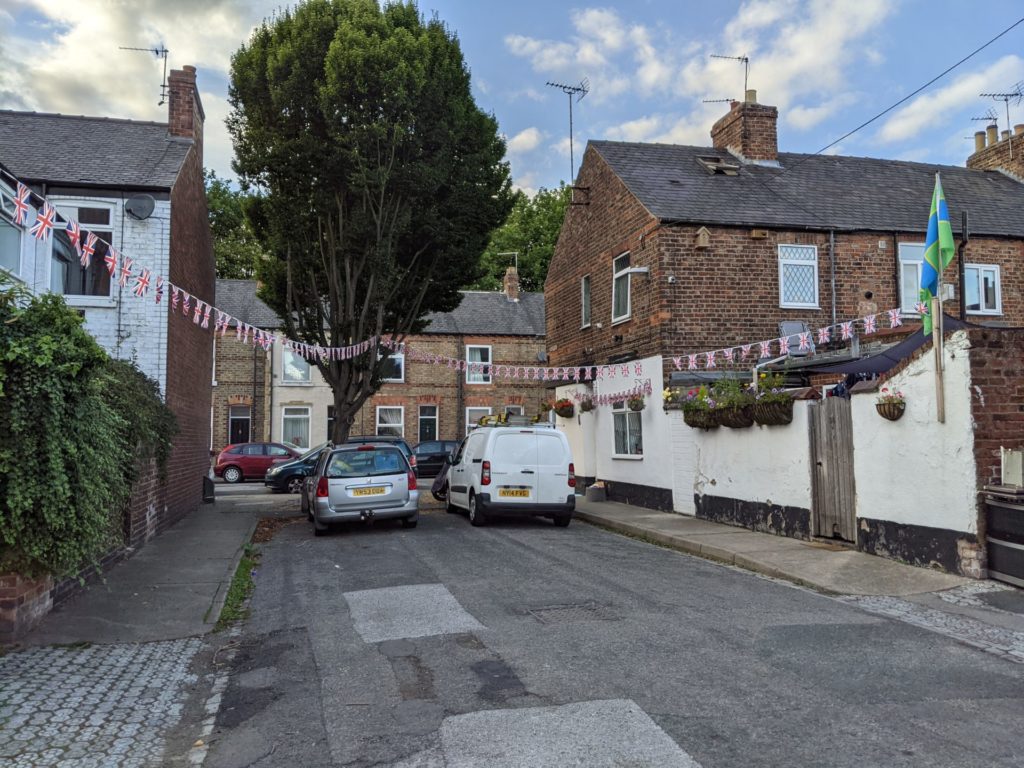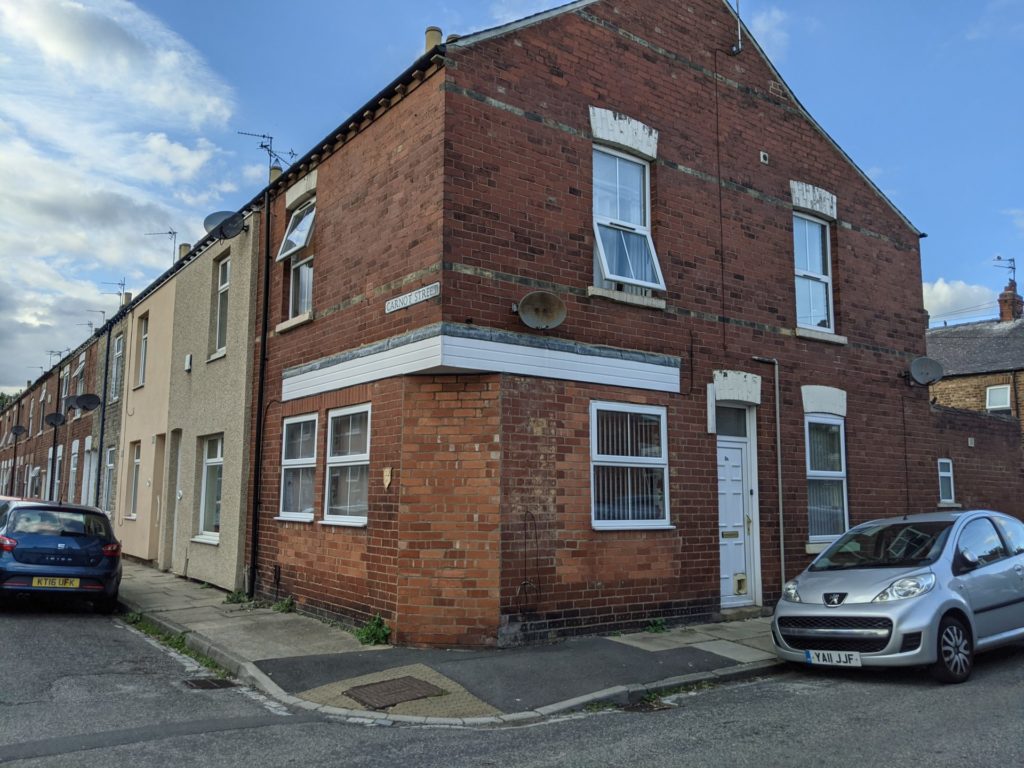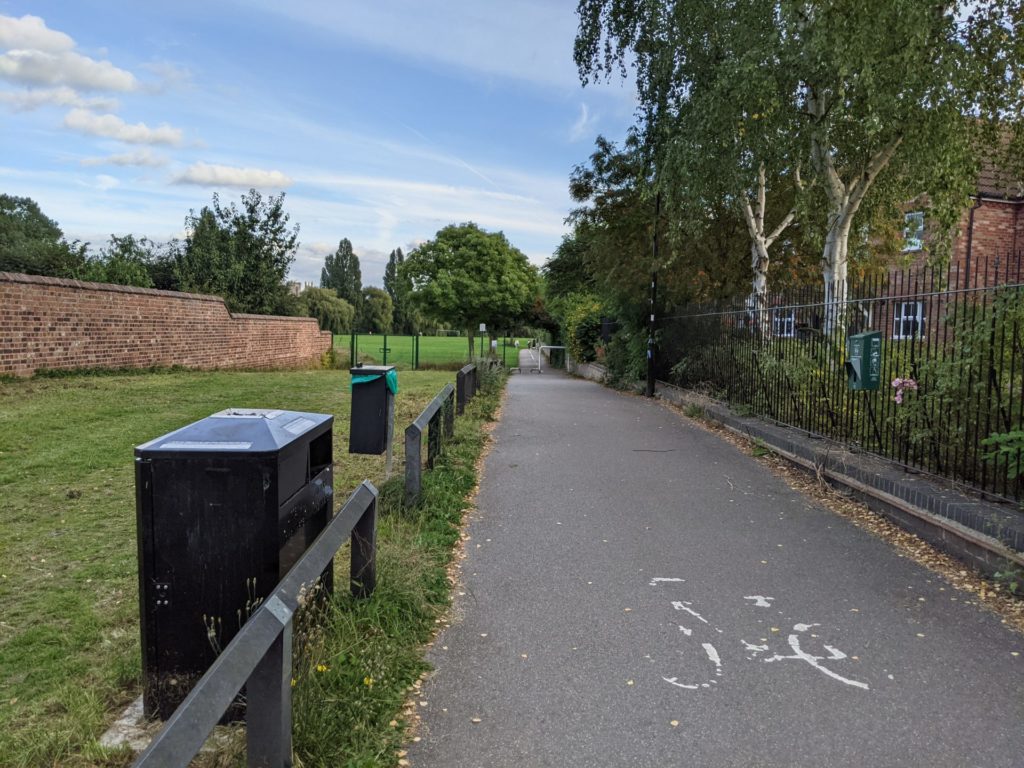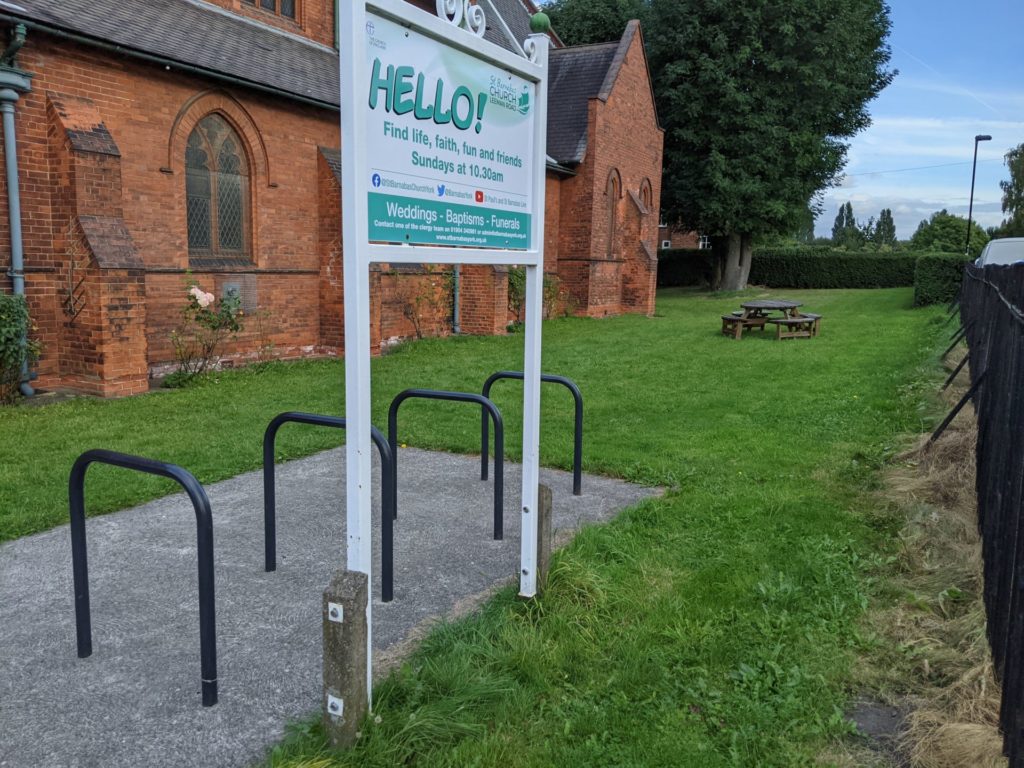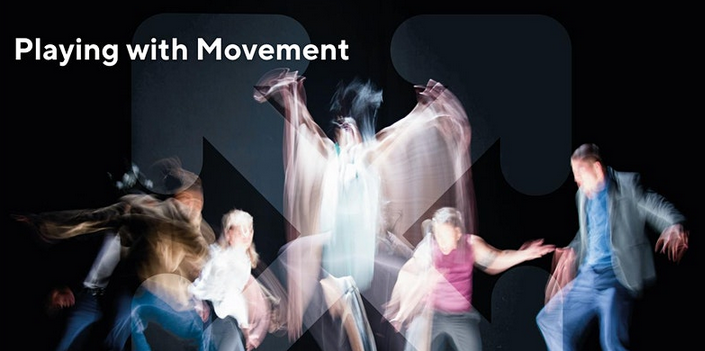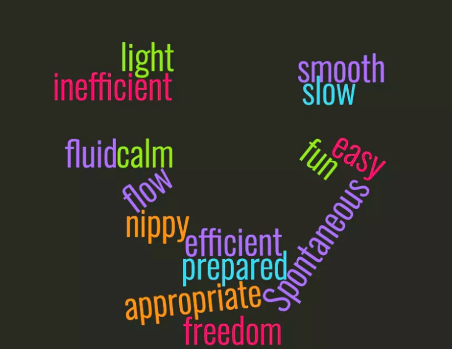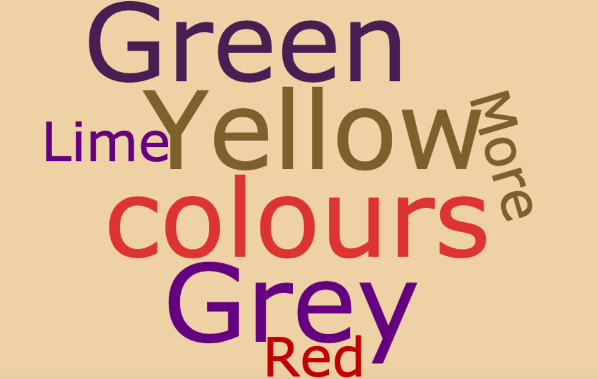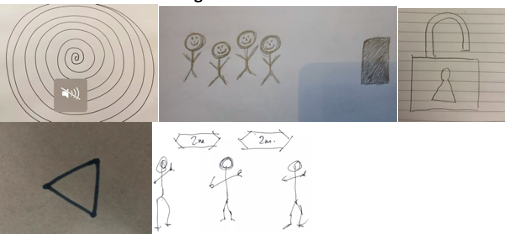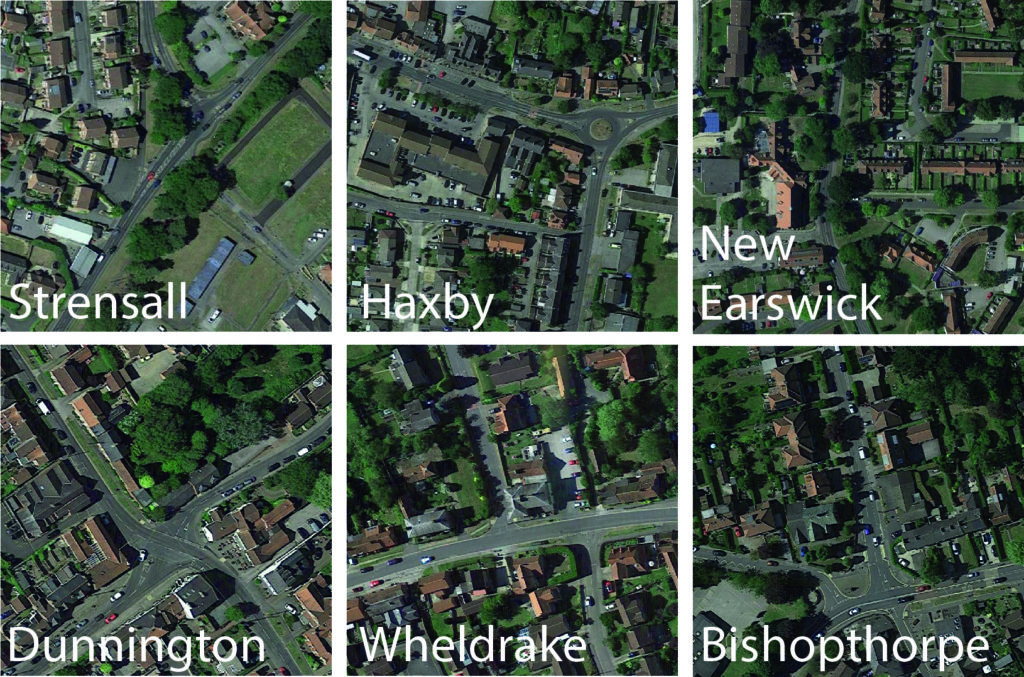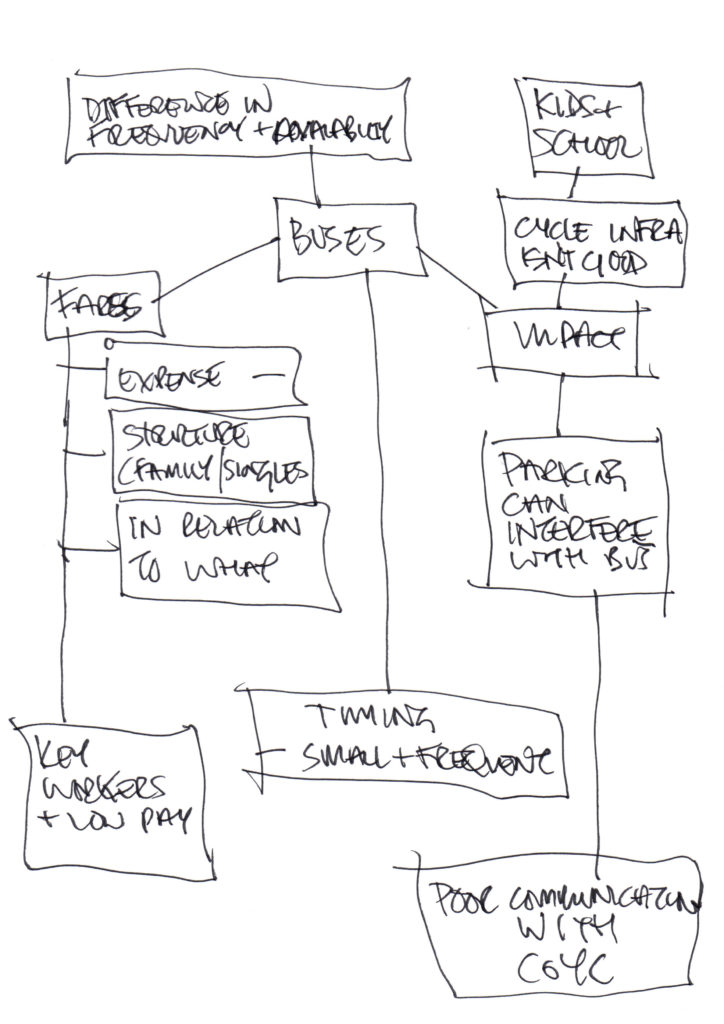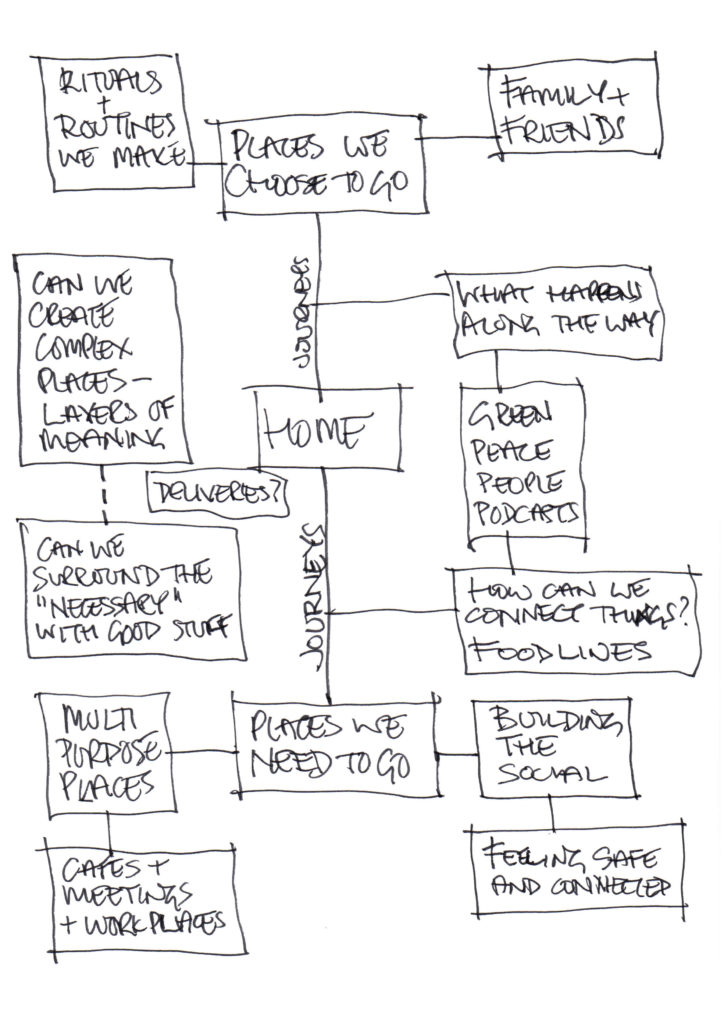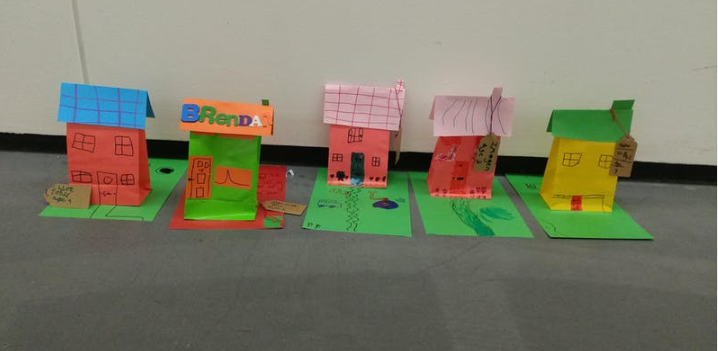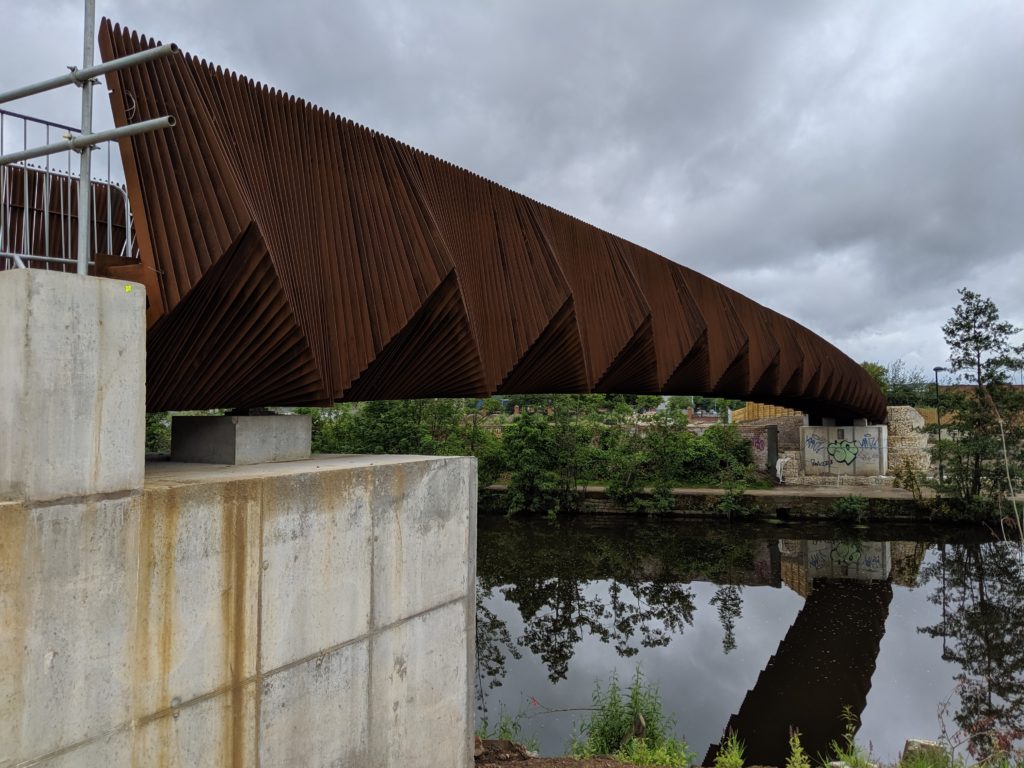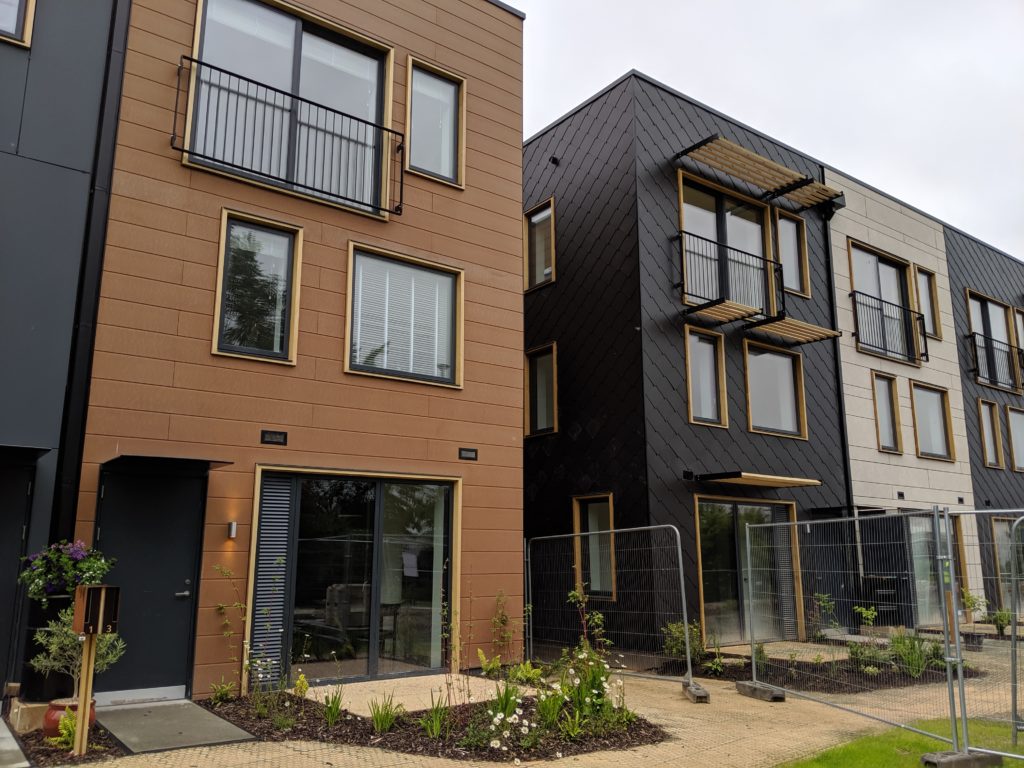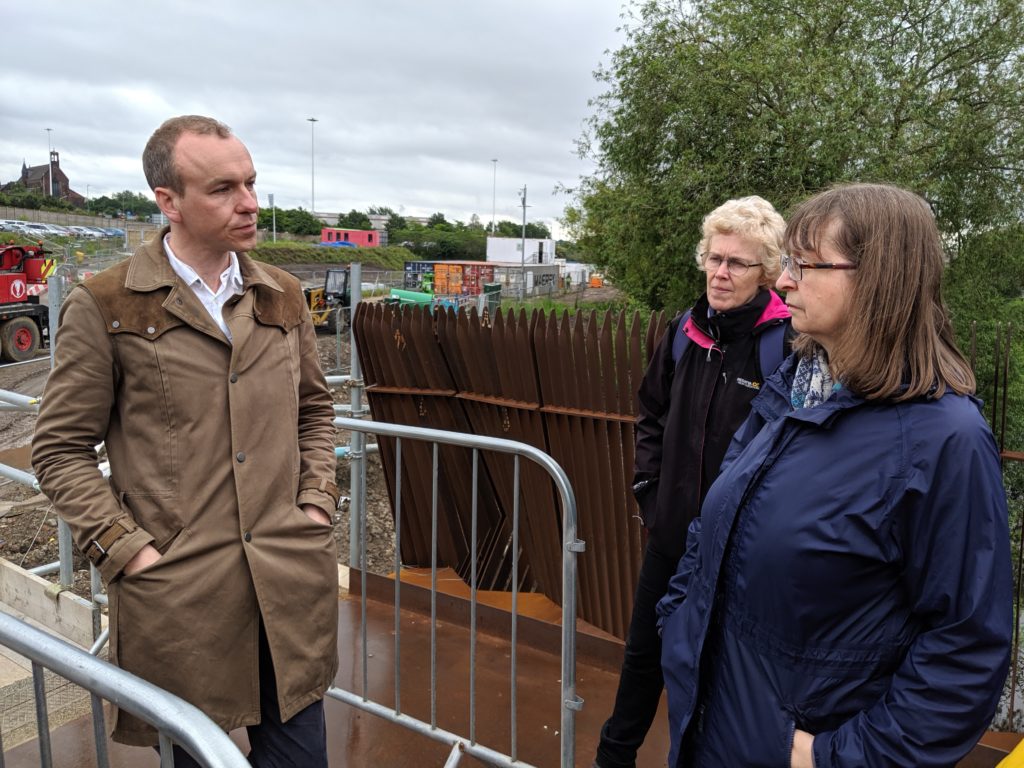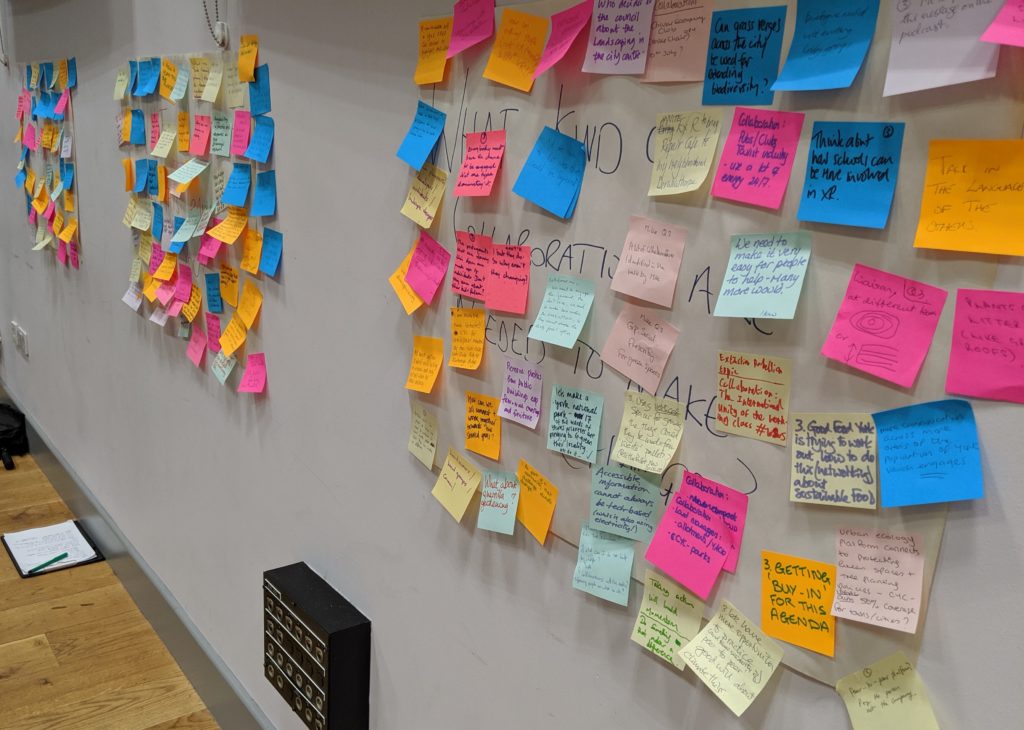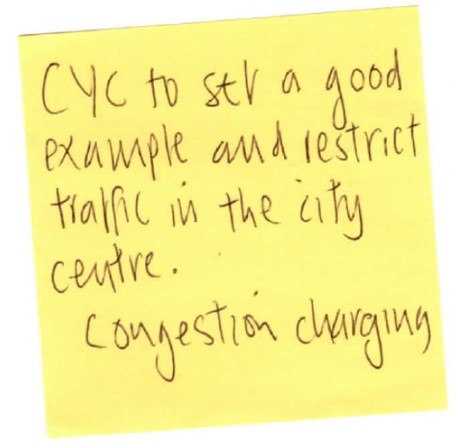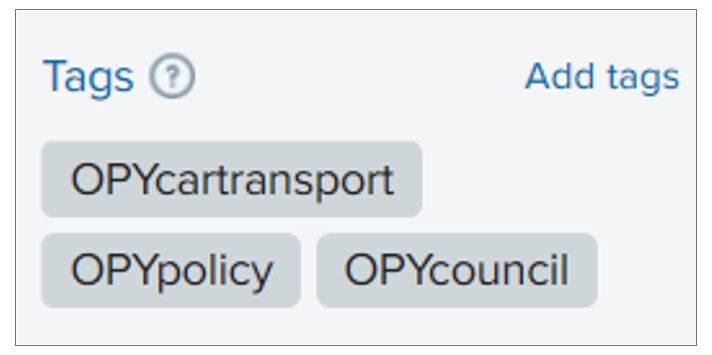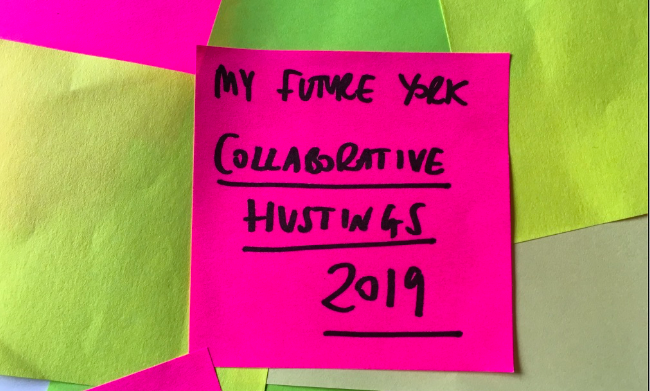Bill Grimsey at Tempest Anderson Hall, Tuesday 26th April 2022.
Public event organised by Johnny Hayes, facilitated by Helen Graham and Phil Bixby
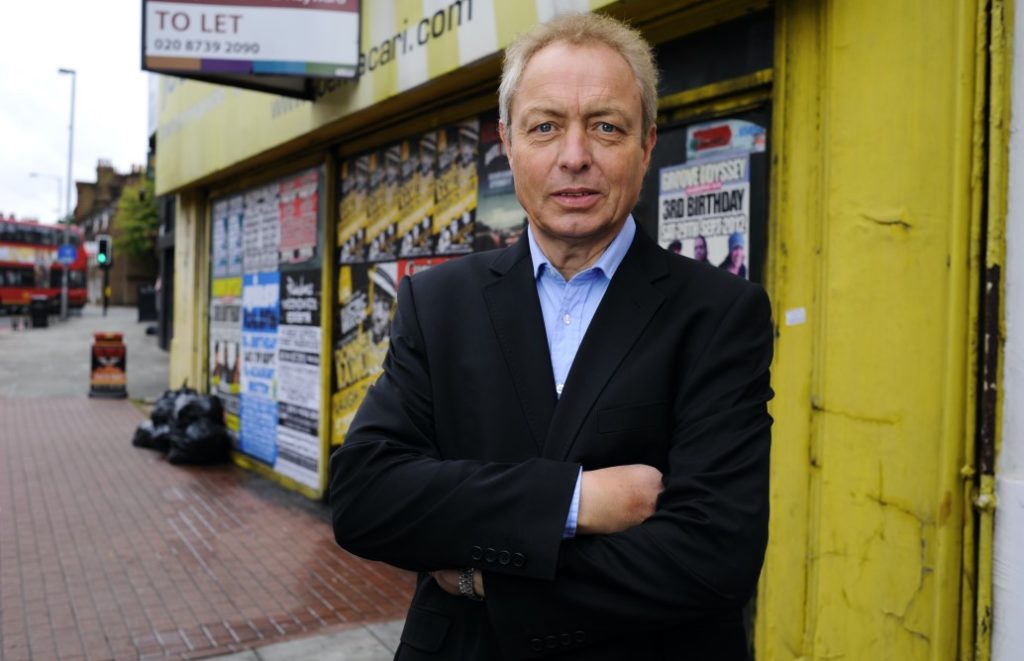
Bill Grimsey’s 2013 review shone a bright and often uncomfortable light on city centres in the UK, examining their decline from the vantage point of a lengthy career at the top in retail. This was no outsider management consultant – Bill was an insider who acknowledged his part in the process and used his understanding to propose a way forward – one which saw a wide range of stakeholders collaborate to repurpose the hearts of our cities. Given our fair share of vacant shop units, and recent controversy over city centre access, Bill’s perspective on the situation in York would be interesting. Which is what prompted Johnny Hayes, supported by York High Street Forum and York Cycle Campaign, to get him up here, put him on a bike (“They got me riding round on a bike with small wheels! A BRAMPTON!”) and then speak at Tempest Anderson Hall, with a lengthy Q&A.
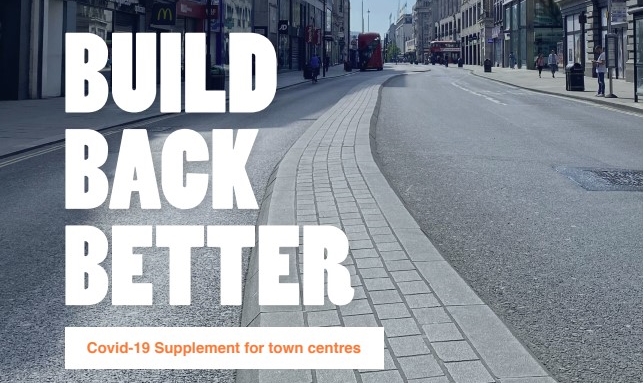
Bill’s presentation set out his stall – from Sold Out in 2012 and the original Grimsey Review in 2013 through to the updated Grimsey Review 2 of 2018 and the recent Post-Covid Build Back Better (which he described as “localisation on steroids”). Much has changed during this period and he highlighted the impact of…
- Brexit
- Austerity
- Business Rates
- Amazon
- COVID 19
- Ukraine War
- Climate Change
He set out a bit of background to the role of transport in all this – “20th Century retail oriented itself around the car. This reorientation transformed the purpose, shape and planning of towns and high streets. 21st Century retail is in the process of orienting itself around technology. This transition from a car culture to a tech driven culture coupled with Climate challenges requires bold thinking”.
He then used some examples to show where bold responses had been initiated:-
- Stockton-on-Tees where a city-centre shopping centre is being demolished to create a new, riverside park.
- Roeselaire in Flanders, where city centre public space was being created along with bringing people back to live in the city centre.
- Hove, where local people are calling for a restaurant-packed road to become a pedestrian-friendly boulevard.
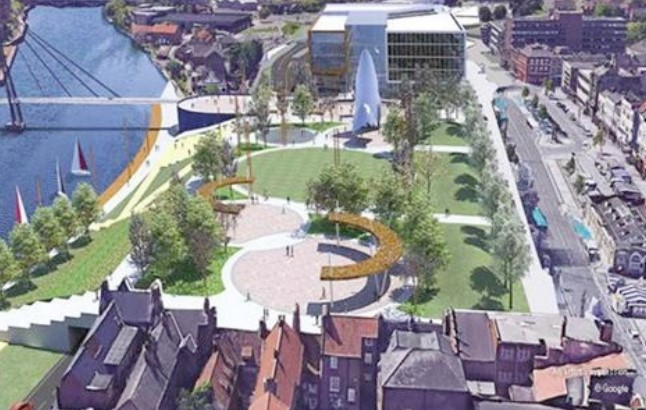
Bills advice – which shines bright in these examples, is:-
- Give everyone a stake in their town centres
- Put sustainability and the environment at the heart of everything
- Base changes on quality of life and the experience of being in the city centre
- Encourage joint management of risk so that all prosper
…and crucially, ensure leadership comes from the Chief Executive, rather than relying on elected politicians whose horizons may be just one election cycle. As he put it:- “Could your Chief Executive run Tesco? If not, why are you letting them loose on running a council?”. His summary of where this leadership should be going included:-
- Coordination via a town centre commission
- Drawing up a 20 year plan
- Community hubs, not retail hubs
- Embracing and incorporating technology
- Adopting meaningful measures of success
- Achieving zero carbon emissions
- Creating car less town centres, which are also mobility hubs
Questions from the audience picked up on some specific York issues, and also some national ones.
On public space:- if we have more of it in city centres, how do we deal with anti-social behaviour? Bill’s response was that this wasn’t a problem with a minority, but reflected the “culture of the community”. If teenagers are bored, create places which engage them; if alcohol causes problems, reflect on that. The city centre should be able to be opened up, including the riversides (and indeed the rivers themselves).
On landlords failing to accept the need for change:- Many landlords haven’t woken up yet, but will. In York, Spark is a good example where a rich mix of uses has created an incubator for new businesses. Councils should consider taking ownership – even using compulsory purchase – to enable change.
On leadership:- it should be a paid job – someone who is prepared to think long term (twenty years or more) rather than from election to election. Elected members should be like the board – they test and question the CEO’s vision, and should demand evidence – not set direction.
On a car-less high street:- Deliveries (especially to small retailers) need to be thought through – perhaps based upon delivery hubs and using small vehicles or bikes. We can’t simply base everything on what is current norm for a big chain store.
On city centre parking:- There is understandable nervousness among existing city centre businesses, and this needs to be addressed without creating divisiveness. Proper transport strategy needs to be put in place – if the centre isn’t going to have parking then it needs to connect effectively with somewhere that does. Look at cities which have great public transport – Vienna and Prague for example. There’s a need to be bold, and avoid someone in the future asking “who the hell thought that was a good idea?”.
On living in the city centre:- Space above shops needs to be recognised as potential homes, with people living there as neighbours for public infrastructure.
On distinctiveness:- cities need to be different (or better) – there needs to be a reason to be there, a “because”.
People were then invited to think long-term – having heard Bill’s thoughts…
- What do you hope York’s city centre will be like in 2042 – in twenty years?
- What are the big issues that need to be addressed to get there?
- Who needs to be involved in making these changes?
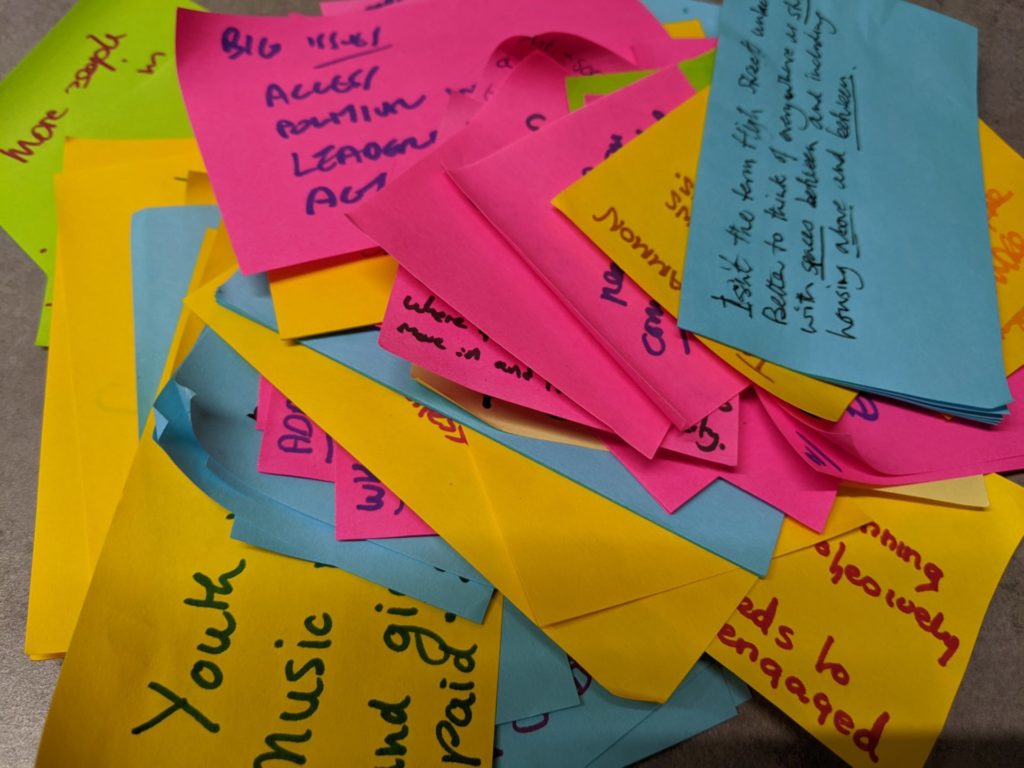
The responses to these questions can be found on the My Future York Flickr archive here. To search them for specific issues, go to the tag list here and simply click on one of the tags beginning with “grimsey” to see responses which relate to that issue.
The event ended with an invitation to be involved, and many people left their contact details. If you missed the event but would like to be part of the ongoing thinking about York’s city centre (or were at the event but missed out on leaving your details) then contact the High Street Forum via their website here.
For more info on Bill Grimsey’s work, go to http://www.vanishinghighstreet.com/ and/or follow Bill on Twitter – @BillGrimsey
The event was filmed and can be viewed on YouTube here.
The event was covered by York Mix and their report on it is here.
